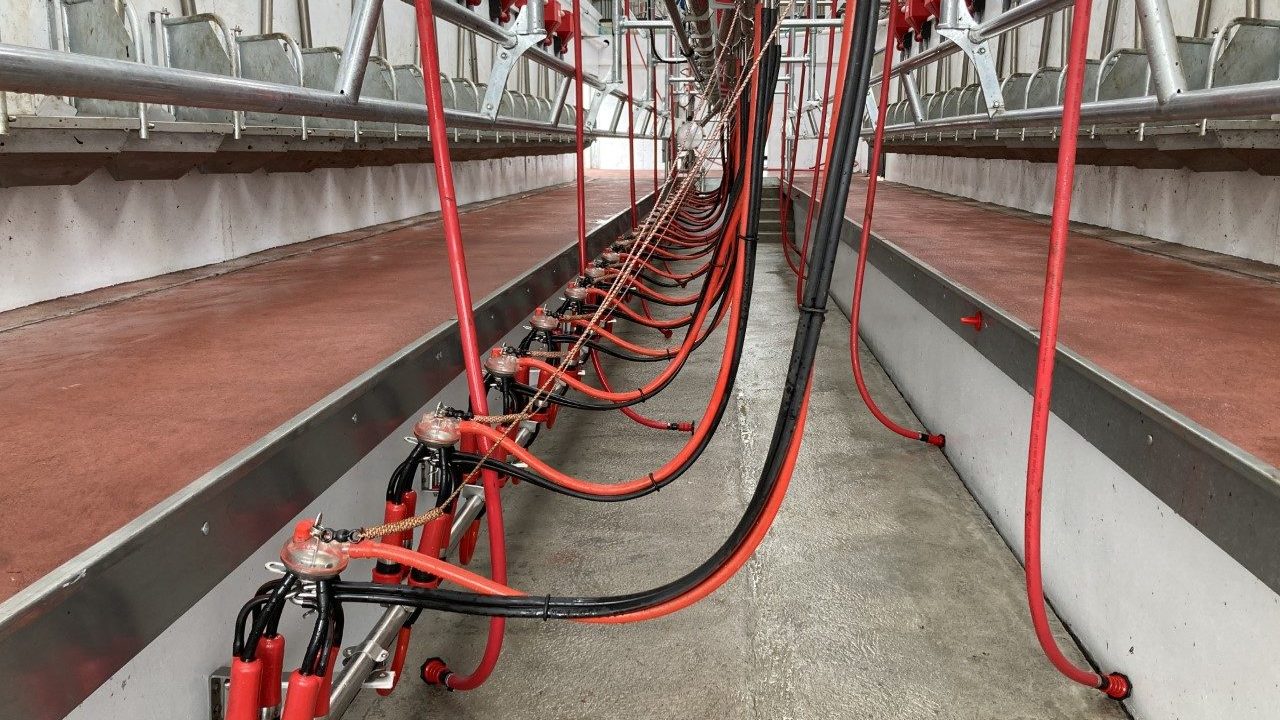Great Britain's milk production could fall by up to 605 million litres (5.3%) over the 2022/2023 season, according to new analysis by the Agriculture and Horticulture Development Board (AHDB).
Investigating the potential impact of issues facing agriculture at the moment, i.e. price and availability of inputs, the AHDB found that five potential scenarios all showed production could fall by between 0.8% and 5.3%.
These scenarios took into account the baseline forecast, potential low impact, potential medium impact, potential high impact and potential very high impact.

Baseline forecast
This is assumed at a lower-than-average retention rate and reduced yield growth for the season to zero, from the long-term trend of 2.3% annual growth.
Low impact
This scenario assumes feed costs remain high into the autumn, but milk prices increase sufficiently to cover costs. It also assumes good grass growth in the spring, providing a good volume of winter silage.
It also takes into account 'uncertainties': High cull-cow prices, plus uncertainty over cashflows in winter arising from a reduced single farm payment (SFP) and higher feed costs.
Medium impact
This scenario assumes feed costs remain high plus a higher volume of purchased feed due to lack of silage, or a situation where there is enough winter silage but increases in milk prices are not large enough to cover increased costs.
It also takes into account the uncertainties.
High impact
This scenario assumes further increases in feed costs through the year, driven by poor yields in key exporting regions as a result of reduced fertiliser use. In addition, a lack of good quality or sufficient volumes of silage for winter feed, leading to increased purchases, plus the high cost to retain animals over the winter, plus the incentive to sell for cashflow reasons.
Very high impact
In addition to the high feed costs and higher purchases (due to lack of good quality or sufficient volumes of silage), milk prices fail to keep up with rising input costs in this scenario.
It also accounts for the high cost to retain animals over the winter, plus the incentive to sell for cashflow reasons.
Scenario results:


Commenting, Patty Clayton, AHDB lead dairy analyst said: “Access to key agricultural inputs and feed ingredients have been severely affected by the war in Ukraine, which is forcing decisions to limit production.
“The current uncertainty makes forecasting milk production for the upcoming season an even trickier task than normal, but we know it’s going to be a tough year for farmers.
“Reviewing input costs, feed strategies and making the most of home-grown forage can all help."

